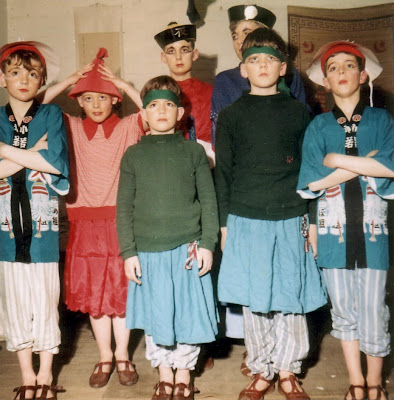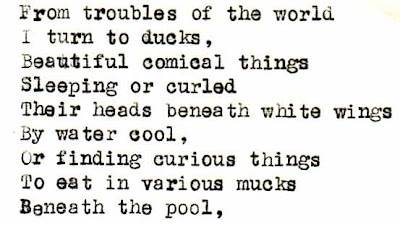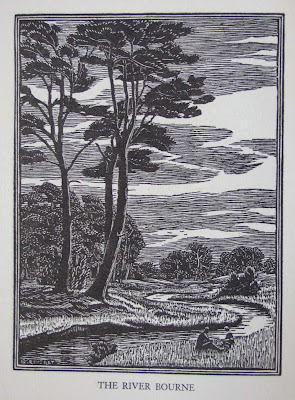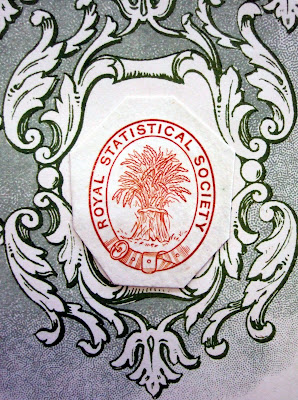The starting salary for 'both boys and girls at age 16 or 17' was listed as £150 per year. I have no idea whether that was good or bad in those days, but I suspect the latter. The document then mentioned annual increments and I was appalled to see this:
 In the middle four grades, the highest salary a woman can earn is still less than the entry level for a man. How motivating, and yet that attitude would have seemed entirely reasonable in 1947.
In the middle four grades, the highest salary a woman can earn is still less than the entry level for a man. How motivating, and yet that attitude would have seemed entirely reasonable in 1947. Even twenty years later, things hadn't changed that much. I remember my mother telling me that she was awarded a 'dowry' when she left the Civil Service to get married.
On another piece of paper, I saw some details about the Civil Service Entrance Exam, which tested the literacy, numeracy and IQ of all applicants:
 Why did the examiners need to be aware of the exam candidate's gender? I can understand some sort of positive discrimination in favour of ex-servicemen, as many of them had an awful time when they returned to civilian life, but why identify women? What's even scarier is that the Civil Service was probably one of the more forward-thinking employers of the time.
Why did the examiners need to be aware of the exam candidate's gender? I can understand some sort of positive discrimination in favour of ex-servicemen, as many of them had an awful time when they returned to civilian life, but why identify women? What's even scarier is that the Civil Service was probably one of the more forward-thinking employers of the time.Harry Enfield's parodies of 1930s public information films are clearly humorous, but sometimes they are uncomfortably close to the truth:
Of course it's all different now. Women are still frequently paid less, but nobody dares to put it in writing.














































